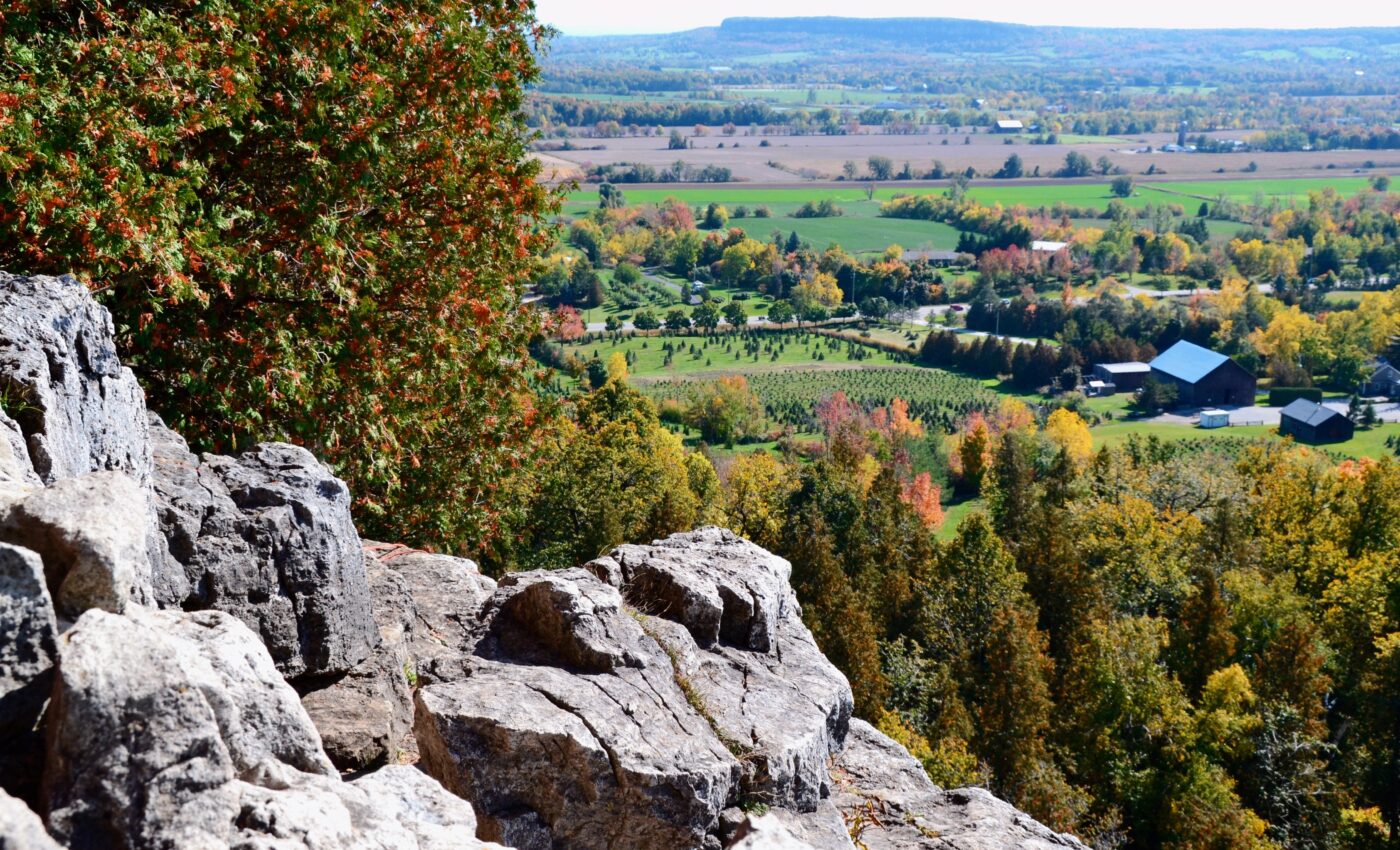
Bedrock may be secretly supplying trees with water
Soil has traditionally been seen as the source of water and dissolved nutrients for plants. In a recent study, however, researchers at the University of Texas at Austin have questioned this assumption. They propose that the layer of weathered bedrock that lies under the soil is more important in terms of supplying water to the roots of trees in forests.
Weathered bedrock is in the process of breaking down and becoming soil, and has many cracks and pores where water can accumulate. Plant roots often grow through the soil and penetrate deep into the zone of weathered bedrock, which is known to store water for longer than the soil does. This means that water contained in bedrock may be an important reservoir for forest trees, potentially shifting the way that scientists understand forest ecosystem functioning and the threats of global climate change.
“With droughts intensifying, bedrock could be as key to understanding our forests as soils,” said study co-author Daniella Rempe, an assistant professor at the UT Jackson School of Geosciences.
For decades, scientists from around the world have documented the fact that tree roots penetrate below the layer of surface soil and into fissures in the underlying bedrock, but these accounts have tended to remain anecdotal. The extent of this phenomenon, and its relevance in the water cycle within ecosystems were not known. However, the importance of this overlooked layer between the soil and the groundwater may now become a prime focus for researchers as forests are exposed to the effects of global warming and climate change.
“It’s taken 100 years to come from this anecdotal evidence – oh wow, tree roots can actually go that deep – to understanding that this is probably, in many places, an important part of defining ecosystem dynamics,” said Susan Schwinning, a professor at Texas State University who was not directly involved with the research. She added that the study provides a huge leap in knowledge because it proves that what was once considered atypical behavior is actually essential.
The study made use of publicly available data, including rates of precipitation and evaporation in forests between 2003 and 2017. The researchers used these data to calculate a conservative estimate of the contribution of bedrock water to tree transpiration across the USA. Their results indicated that woody plants in many different biomes and climates routinely access bedrock moisture. In fact, the volume of bedrock water transpired by woody plants in California alone is equal to the capacity of all the water reservoirs in that state.
In addition, field studies from sites in California and Texas reveal that plants use more water from bedrock than they do from the soil. At six sites in California and two in central Texas, more than 50 percent of water transpired by trees came from the layer of weathered bedrock. At some of these sites the rocks held as much as 10 times more water than the soil did.
The researchers found that trees commonly tap bedrock to access the stored water. They detected this behavior in about 24 percent of forests and shrublands, which represents a total area that exceeds the size of Texas.
It is clear that water stored in rock under the soil is critical to the survival of trees and that this reservoir should not be ignored when analysing the water available to trees during both mild and drought conditions. However, according to study leader Erica McCormick, more research needs to be done in order to find out exactly how and when trees access this water in the bedrock.
“We have much left to explore,” she said. “We have tools for investigating and describing soil processes, but we need data and experiments to tell us how to treat bedrock.”
The results of this study were published in the journal Nature.
—
By Alison Bosman, Earth.com Staff Writer













